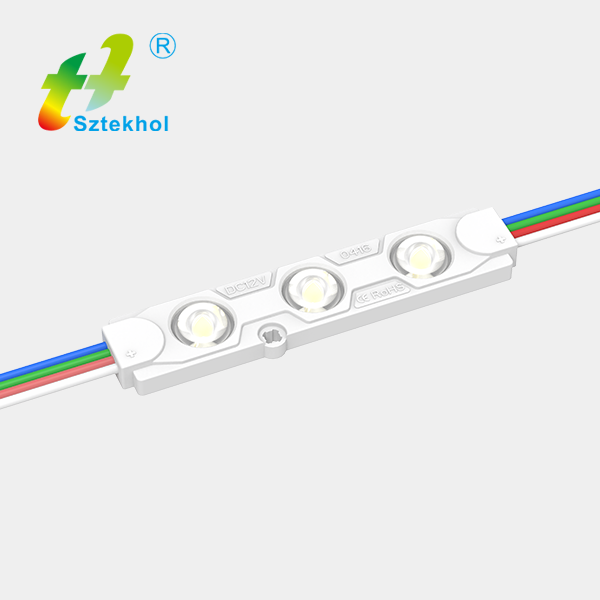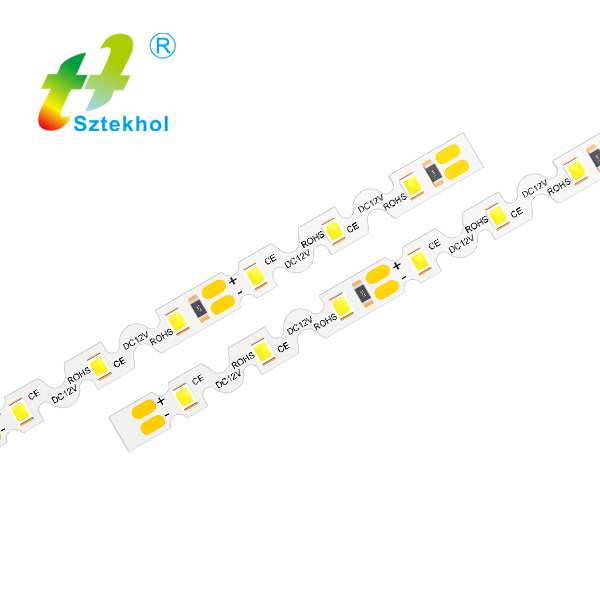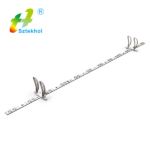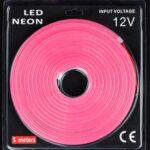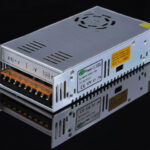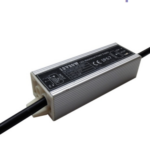LED strip lights are available in a wide range of colors, including single-color, RGB (red, green, blue), and RGBW (red, green, blue, white) options. They can also be dimmed, flashed, or synchronized with music or other triggers to create dynamic lighting effects.
LED strip lighting, commonly known as LED strip lights or LED tape lights, is a flexible circuit board populated with surface-mounted light-emitting diodes (SMD LEDs) and other components. It has gained immense popularity in recent years due to its versatility, energy efficiency, and aesthetic appeal. Here’s a comprehensive overview of LED strip lighting:
Key Features of LED Strip Lighting
Flexibility:
LED strip lights are highly flexible, allowing them to be bent, curved, and shaped to fit various spaces and designs. This makes them ideal for creating custom lighting effects in both residential and commercial settings.
Energy Efficiency:
LED technology consumes significantly less energy compared to traditional lighting sources like incandescent or fluorescent bulbs. This not only reduces electricity costs but also contributes to a smaller carbon footprint.
Long Lifespan:
LED strip lights have a long operational life, often lasting tens of thousands of hours. This reduces the need for frequent replacements and maintenance.
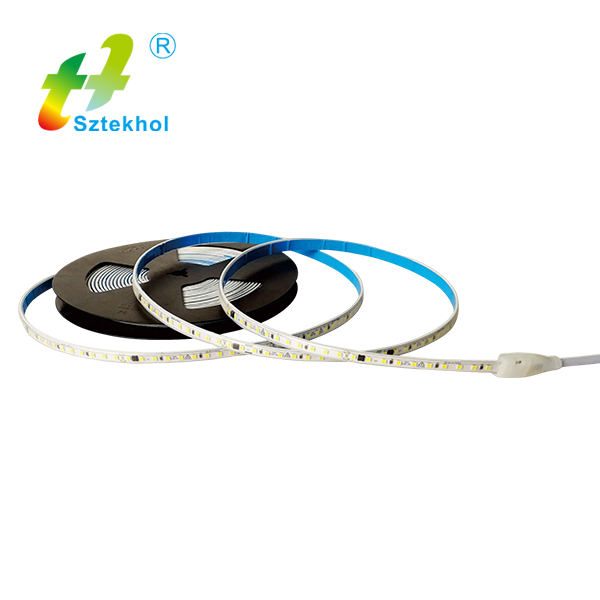
Easy Installation:
Most LED strip lights come with adhesive backing, making them easy to install on various surfaces such as walls, ceilings, furniture, or under cabinets. They can also be cut to specific lengths at designated cutting points, allowing for precise customization.
Applications of LED Strip Lighting
Home Decoration:
LED strip lights are widely used in home decoration to add ambiance and style to living rooms, bedrooms, kitchens, and bathrooms. They can be installed along staircases, under cabinets, behind TVs, or around mirrors to create a warm and inviting atmosphere.
Commercial Lighting:
In commercial settings, LED strip lights are used for accent lighting, display lighting, and architectural lighting. They can enhance the visual appeal of retail stores, restaurants, hotels, and offices while also improving energy efficiency.
Automotive Lighting:
LED strip lights are also popular in automotive applications, such as under-car lighting, interior accent lighting, and dashboard lighting. They add a touch of style and personality to vehicles while also improving visibility and safety.
Outdoor Lighting:
With appropriate waterproofing, LED strip lights can be used outdoors for landscaping, pathway lighting, and architectural accent lighting. They are durable and resistant to weather conditions, making them suitable for long-term outdoor use.
Considerations When Choosing LED Strip Lighting
Brightness and Color Temperature:
Consider the brightness (measured in lumens) and color temperature (measured in Kelvin) of the LED strip lights to ensure they meet your specific lighting needs.
Waterproofing:
If you plan to use the LED strip lights outdoors or in wet environments, choose a waterproof or weather-resistant option to protect them from moisture and damage.
Power Supply and Compatibility:
Ensure that the LED strip lights are compatible with your power supply and that you have the necessary connectors and adapters for installation.
Control Options:
Consider whether you want to control the LED strip lights manually, with a remote control, or through a smart home system. Some LED strip lights offer advanced control options like dimming, color changing, and synchronization with music or other triggers.

